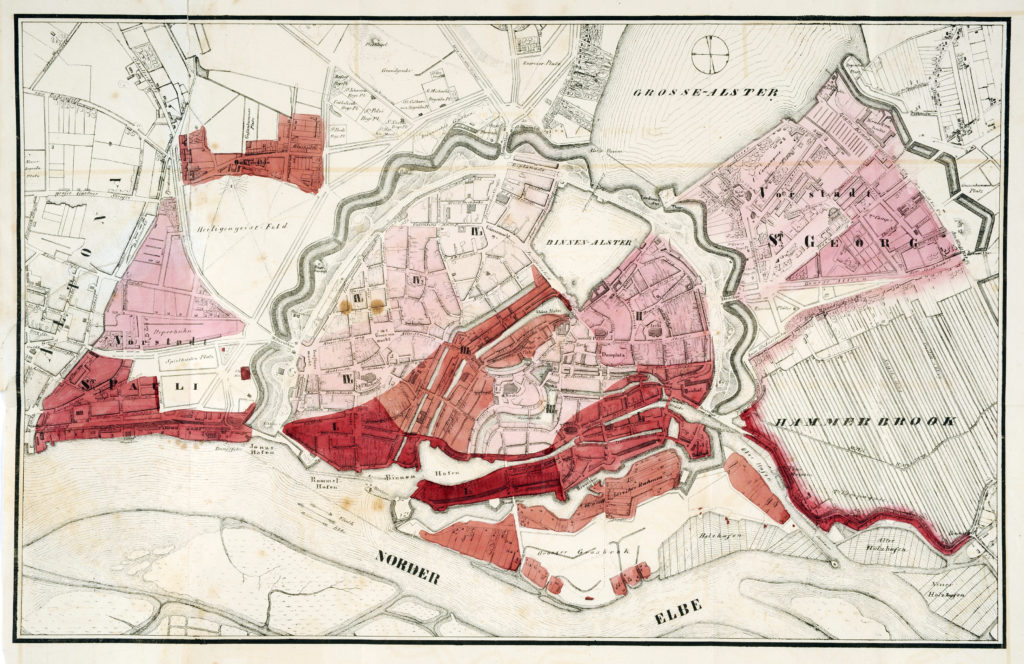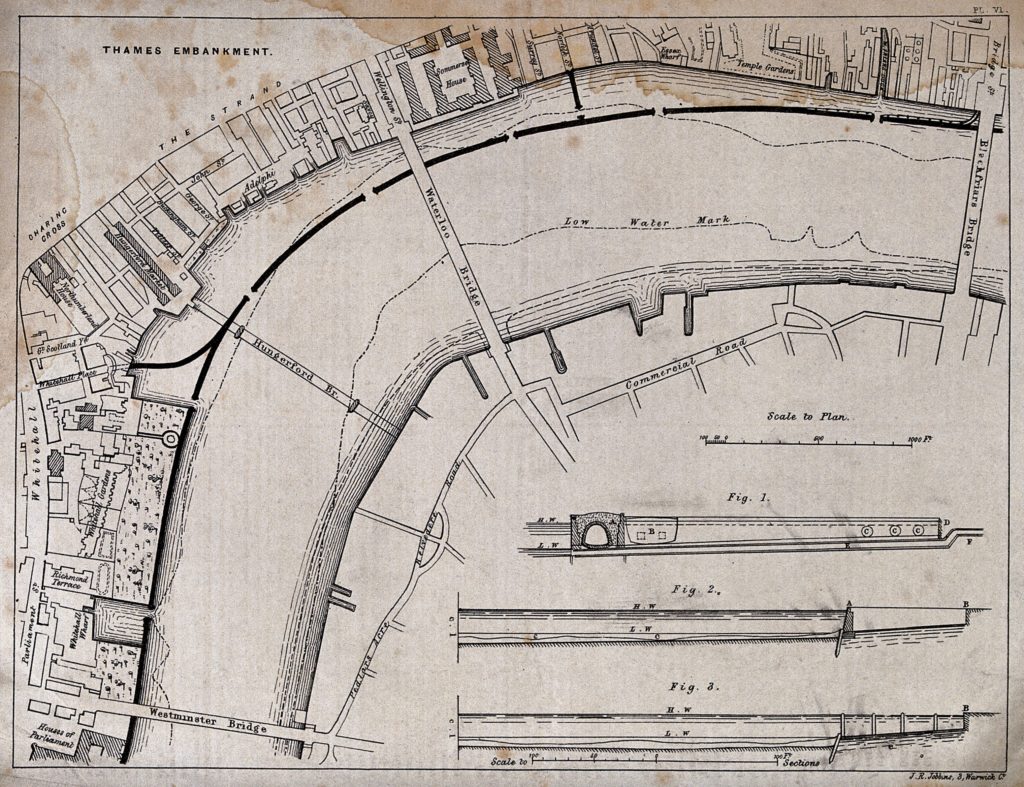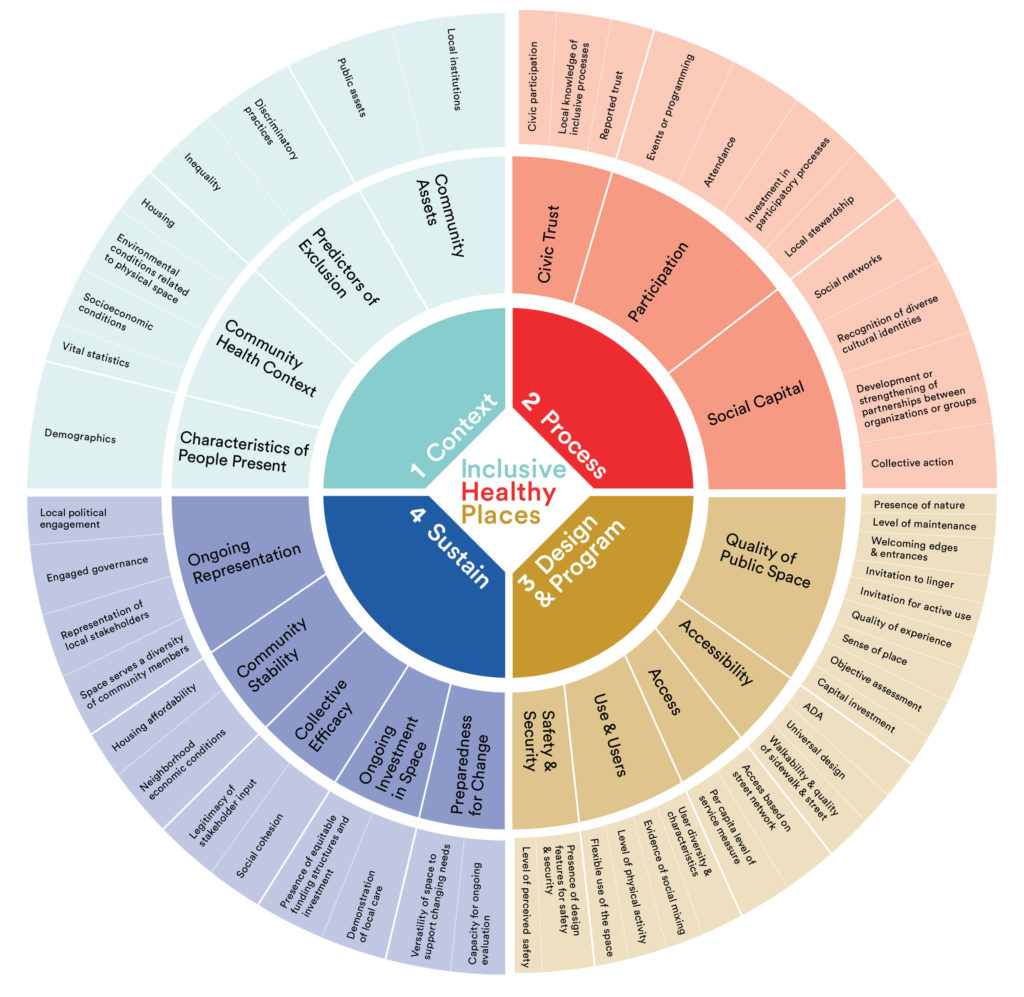LKA038M10
10 ECT
Mandatory
This course provides an overview of urban history from the eighteenth century to the present. It canvasses the aspiration to use urban planning as a tool to promote public health. This ambition produced a series of urban theories, often summarized in handbooks (ranging from Ildefonso Cerdà’s Teoria General to the Athens Charter) and urban models – the garden city, the neighborhood unit, and many others – that were continually upgraded and adapted to new social, economic and demographic conditions and the changes in the incidence of diseases. Part I (semester 1A) focuses on the period before 1940, Part II on the post-war period.


